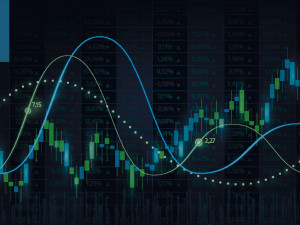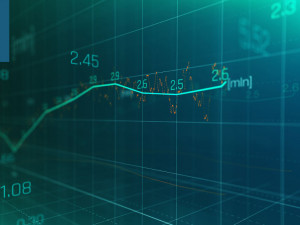
Unemployment falls to 4.9%
Morning mid-market rates – The majors
21st April: Highlights
- Employment surprises to the downside
- Fed won’t allow substantial inflation overshoot
- Euro running out of gas?
Hiring due to reopening boosts data
The country remains on schedule to reach the next stage of the roadmap next month and over ten million people have now received both doses of the vaccination.
As the reopening continues, the economy is set to grow at a far higher rate than analysts expected pre-vaccination and is likely to achieve the level it was at before the Pandemic struck faster than any other developed nation outside of the U.S.
However, without significant support for businesses and their cash requirements this could easily be the high point for the data. Small and medium sized firms will struggle to generate sufficient cash to not only increase staff members but retain those they have currently.
Banks have to play their part by reducing onerous security requirements on firms’ borrowings and increase their own risk profile and appetite.
The scheme to help borrowers secure mortgages with a 5% deposit will provide a further boost to that sector of the economy with the benefit flowing through into several other areas.
It is to be hoped that the employment data will now see a degree of stability as the country continues to recover from record levels of redundancies that were seen last year.
As the MPC continues to grapple with the possibility that it may still need to throw out its rule book and reduce official interest rates into negative territory, the trend in employment data will remain a key statistic.
It remains certain that if the country is able to reopen fully in mid-June that there will be a boost to optimism and activity, but the challenge will be to keep that going after the party is over.
The pound again benefited from the dollar’s continued slump yesterday. It rose to a high of 1.4009 but quickly ran out of steam and fell back to close at 1.3940.
Considering your next transfer? Log in to compare live quotes today.
Fed to keep market guessing
He remained a little mysterious about exactly what tools he has at his disposal to halt any rise which hints at getting out of control, but at least he sounded a cautionary note.
The fears remain that the Fed may be heavy handed in its actions should the rate of inflation, for example, look like rising and remaining above 3% However, the FOMC is unlikely to provide the market any ammunition by providing any such specific advance guidance.
Powell went on to say that he is very aware of the Fed’s dual mandate around inflation and growth.
In a letter to a Senator who queried the Fed’s position, Powell responded by commenting that inflation will be a little higher this year due to both the reopening and supply constraints, but any overshoot will be within limits.
He did, of course, fail to say what those limits are. Inflation will not be allowed to substantially exceed 2% nor will it be permitted to remain above 2% for a prolonged period.
This reassured those who were concerned about the Fed developing a laissez-faire attitude but that was never seriously considered a possibility.
Powell’s comments also brought into sharp focus the market’s expectations for the outcome of next week’s FOMC meeting. While there will be no change in interest rates, there may be a little more guidance as to what actions they are prepared to take.
The dollar index looks like it could be finding a base. Yesterday it fell to a low of 90.85 but bounced to close at 91.20.
The degree of support from both fiscal and monetary policy which has driven the index lower may be tempered soon but any tapering of bond purchases will see the dollar’s fortunes change.
Single currency to fall as economic differential grows
Seeing growth suffer while the UK, recently freed from Brussels’ shackles by Brexit, will be particularly galling for EU Commission President Ursula von der Leyen.
Ms von der Leyen has kept a very low profile following the vaccination fiasco and the spurious threats he made against the UK.
The Eurozone is neither willing nor prepared to add stimulus to its economy by acting in the same way as Washington has.
This is not just a matter of economics; it portrays in stark relief the fact that even after all the trials that the Union has faced it is no closer to achieving the dream of a Europe that is united fiscally and socially.
There was a belated degree of optimism voiced by the Union’s Internal Market Commissioner Thierry Breton yesterday. Following the announcement of a further 100 million doses of vaccination being ready by early summer, he went on to say that there will be sufficient doses for 70% of the population to have been vaccinated by July.
Of course, having the vaccines in store is not the same as distributing and delivering them by then. It remains to be seen just when those countries that remain under lockdown restrictions are able to reopen their economies.
The euro remains inextricably tied to the fortunes of the dollar and those fortunes may be on the verge of changing.
The breakthrough 1.20 was spurred by some weak stop losses. Those who had tentatively shorted the single currency in the run up to 1.20 bailed out and fresh buyers at such elevated levels are few and far between.
It reached a high of 1.2079 yesterday and although the reversal ended at 1.2022 with a close at 1.2035, the outlook remains unsure.

About Alan Hill
Alan has been involved in the FX market for more than 25 years and brings a wealth of experience to his content. His knowledge has been gained while trading through some of the most volatile periods of recent history. His commentary relies on an understanding of past events and how they will affect future market performance.”



